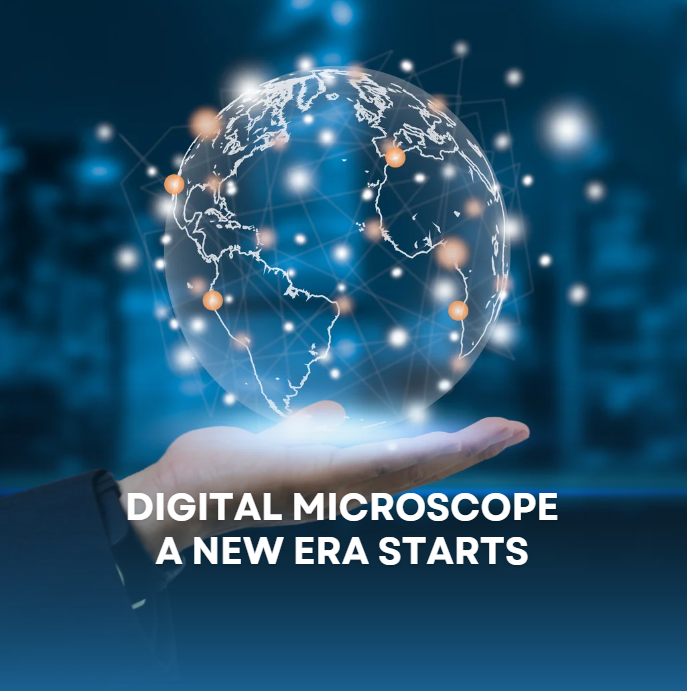Microscopes have come a long way since their invention, transforming how we view the world around us. But what if you could view the smallest details of your everyday life, straight from your computer or smartphone? Enter the digital microscope, a modern marvel that brings the micro-world to your fingertips. Whether you’re a student, a hobbyist, or a professional, digital microscopes are revolutionizing the way we examine tiny objects. In this article, we’ll explore everything you need to know about these fascinating devices, how they work, and why you might want one.
Table of Contents
1. Introduction to Digital Microscopes
A microscope is exactly what it sounds like – a microscope that uses digital technology to display and capture images. Unlike traditional microscopes, which rely on eyepieces for viewing, digital microscopes connect to a computer or mobile device, allowing you to see high-resolution images on a screen. This technology makes it easier for multiple people to view an object simultaneously, and it also allows for easy sharing and saving of images.
2. How Does a Digital Work?
You might wonder, how can something so small be seen on a large screen? microscopes use a camera sensor to capture the image of the object being viewed. This image is then transmitted to a computer or smartphone, where it’s displayed in real time. Most digital microscopes come with software that allows you to zoom in, adjust focus, and even take measurements, making them highly versatile and user-friendly.
Think of a microscope as a highly advanced camera that’s specialized for tiny objects. It captures the details that the naked eye simply cannot see and blows them up for you to explore.
3. Types of Digital Microscopes
Not all digital microscopes are created equal. There are several types, each suited for different needs:
- Handheld Microscopes: These are portable and easy to use, often connected via USB. Perfect for quick and on-the-go observations.
- Desktop Microscopes: Larger and more robust, these models provide higher magnification and better stability for professional applications.
- Wireless Digital : These allow for untethered use and are great for fieldwork or outdoor research.
Each type has its strengths, so choosing the right one depends on how you plan to use it.
4. Benefits of Using Digital Microscopes
Why choose a digital over a traditional one? Here are a few standout benefits:
- Ease of Sharing: Digital microscopes allow for images to be easily captured and shared, making them great for collaborative work.
- User-Friendly: With no eyepiece, they’re easier to use, especially for beginners.
- Enhanced Features: Many come with software for editing, measuring, and even recording videos.
- Affordable Options: Digital microscopes come in a range of prices, making them accessible to hobbyists and students alike.
5. Applications of Digital
Digital aren’t just for scientists. They have applications in various fields:
- Education: Teachers use digital to help students explore biology, chemistry, and even physics in real-time.
- Manufacturing: Inspectors use them to examine circuit boards, quality control, and other delicate tasks.
- Medical Research: Doctors and researchers use them for viewing tissues and cells.
- Hobbyists: Whether it’s examining coins, stamps, or insects, hobbyists can use digital microscopes to explore their collections up close.
6. Digital for Students
If you’re a student, a digital can be your window to the world of science. Instead of guessing at what you see through a traditional microscope, a digital shows you the details in crisp, clear images. Whether you’re studying biology, physics, or even art, digital microscopes make it easy to zoom in on the smallest details and understand the subject better.
7.Conclusion
In summary, the digital is a powerful tool that brings the microscopic world to life in a way that traditional microscopes simply cannot. Whether for education, hobby, or professional use, these devices make learning and discovery accessible and fun. The next time you need to examine something up close, consider a digital microscope – it might just change the way you see the world.


Leave a Reply